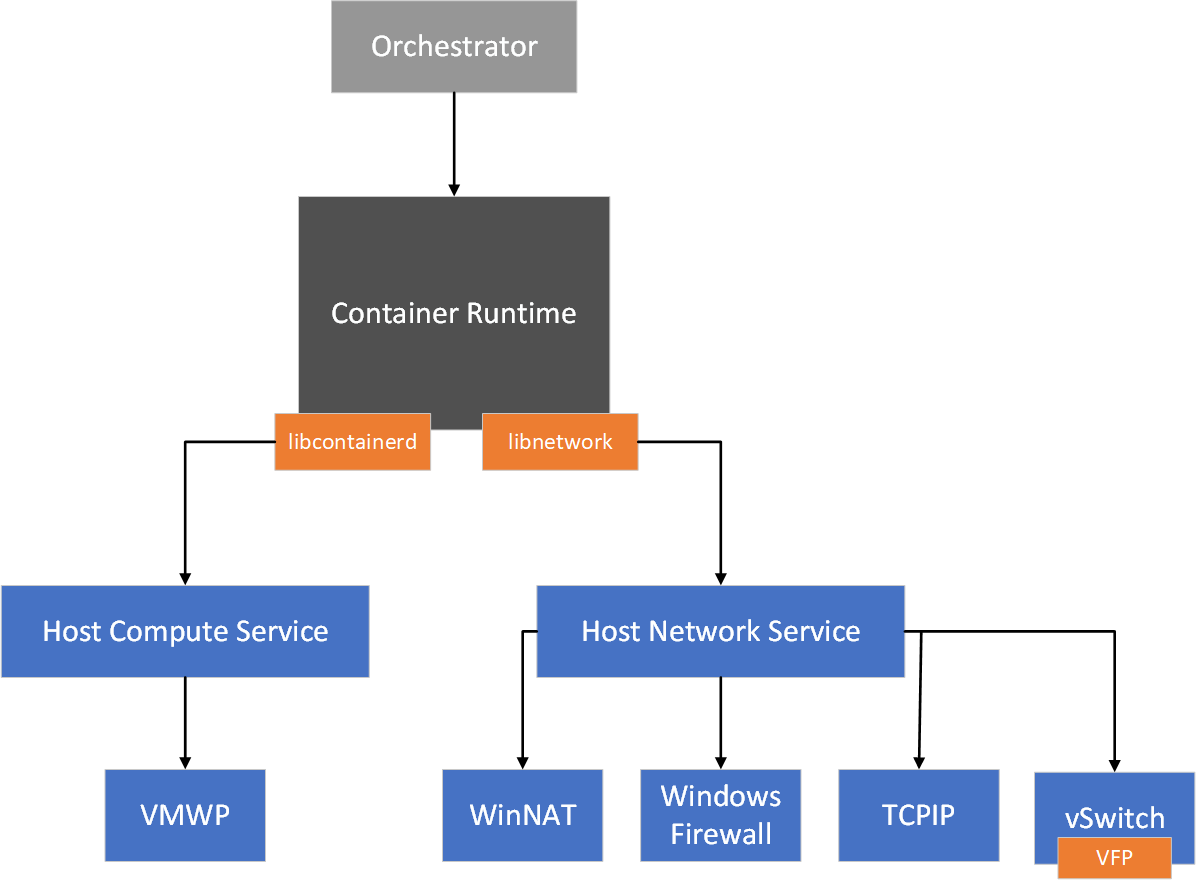
If you have one setting wrong in OpenVPN the connection could fail and you not get useful stuff in the logs. There are others I'm probably forgetting. The devs argue it doesn't matter since WG won't respond via UDP unless it gets a valid key, but this does put WG into a weird state where it might send on an IP it's not receiving on. * You can't bind Wireguard to an IP address. The next step is to use the Docker container IP and open. To enable Telegraf to communicate with InfluxDB, you will need to create a new network bridge so that both the containers run on the same network. * You might need keep-alives in certain configurations InfluxDB and Telegraf would run in it’s separate container within Docker. They have a contrib script in the repo that you can put in cron and do this for you, but it's still not built in. If you use a DNS name as an endpoint, and that DNS entry changes, you have to refresh it. The command would provision a t2-micro instance with a security group called docker-machine (allowing inbound access on 2376 and 22).

* Road warrior configurations aren't easy. OpenVPN config files can be pretty small once you remove all the comments (my server is 22 lines) take a look at an OpenVPN config file and you will appreciate this shortness


 0 kommentar(er)
0 kommentar(er)
